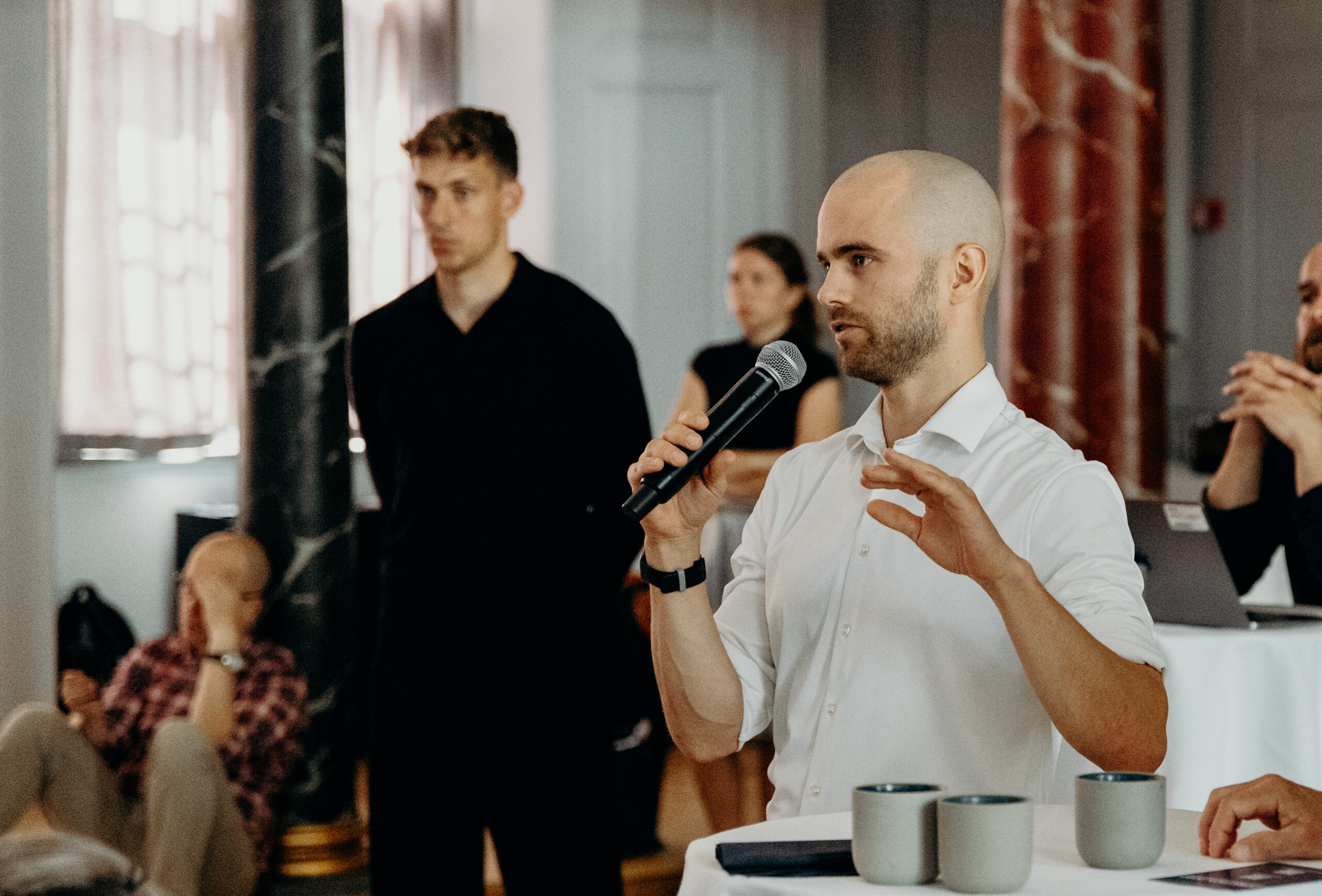Danish CCUS Roadmap 2024
On May 22, Innovayt attended the launch of the updated Danish CCUS Roadmap 2024, which the INNO-CCUS Innomission (funded through Innovation Fund Denmark) has been developing over the past 18 months. This updated roadmap reviews the current state of carbon capture, utilization, and storage (CCUS) in Denmark, providing a valuable assessment of the current innovative technologies and of the main development challenges and opportunities across the entire CCUS value chain (excluding eFuels, as these are covered in another Innomission).
The roadmap aims to strengthen Denmark’s leadership potential in the CCUS field by providing a tool that can support future national strategies and political objectives. It emphasises the need for continuing efforts in specific areas such as development of geological storage and research on energy-efficient technologies; intensifying others such as direct air capture (DAC) and CCU for new materials; supporting larger demonstrations and the development of new business models; as well as, maintaining the strong collaboration between the different stakeholders, all to continue progressing towards 2050 targets.
Ana M. Martín González, Partner and Head of Energy and Sustainability at Innovayt, summarises main takeaways from both the presentation and following speeches and debates while also reflecting on what this has in store for the funding landscape:
- The consensus to shift the current fossil fuel carbon cycle into an atmospheric carbon cycle. That is, to stop the use of fossil fuels (including enhanced oil recovery) and shift towards CCU for all carbon-related needs.
- Globally, we still need research and development across the entire CCUS value chain, as we are far from technology convergence and even the more advanced technologies should still be improved in order to present robust, or even viable, business models. Upscaling and technology integration are required, with greater demonstrations. The upcycling of captured carbon for use as a chemical and material precursor also requires further development.
- Improvement of current technologies should focus on conversion efficiency and, importantly, energy efficiency. We envision that the latter will be a key driver for technology choice and to create sustainable business models. Even with the additionally requirement posed by many programmes and directives at EU level, an efficient use of electricity should be a key aspect to target as we move into a more sustainable use of resources.
- As recognised worldwide, DAC is needed. Paraphrasing one of the speakers: “we need to get some CO2 out of the way”. Since this is identified as one of the technology areas where we are far behind in development, we hope that there will be dedicated funding for developments in this area.
- Leveraging its expertise and past investments in targeted research has quickly situated Denmark as a frontrunner in the CCUS arena, as recognised by other countries previously leading CCUS developments.
- There seems to be a full alignment between research, industry, and political will, which hopefully translates into sufficient funding from the Danish government in the next two years to support the identified needs and share the risk with industry and local communities. A strong signal now, in terms of funding, will be crucial if Denmark is to maintain its leading position and meet its ambitious national targets (net zero by 2045, net negative by 2050).
- Public acceptance can only be achieved through strong communication and active engagement with the local communities, emphasising the value CCUS can bring to the public.
The Danish CCUS Roadmap is prepared and updated by INNO-CCUS in collaboration with Rambøll. This updated version was presented at the National Museum in Copenhagen on May 21, 2024.

